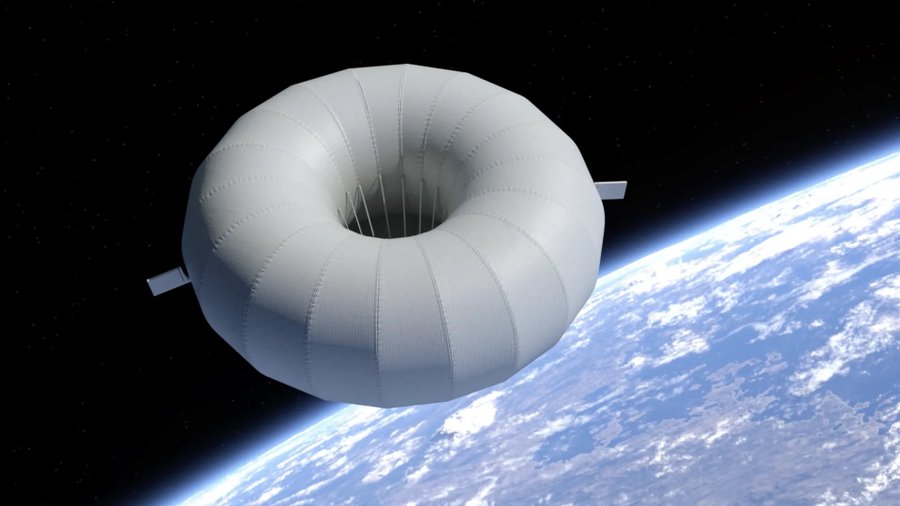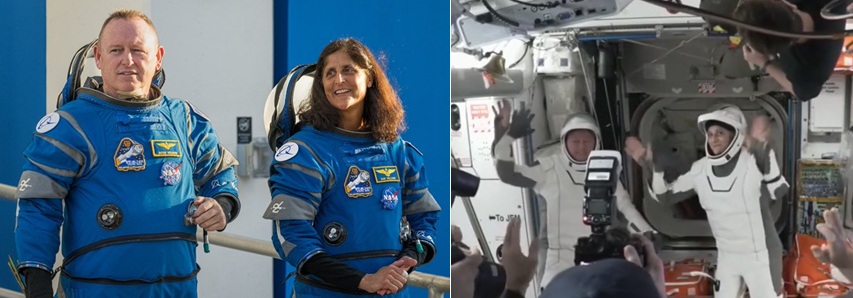Rockets-to-electric-cars billionaire, Elon Musk, is apparently harking back to his internet days – the way he originally started his fortune. Musk has announced via a tweet that he is, in fact, working on a low Earth orbit (LEO) satellite constellation to provide mobile internet services around the world. The tweet appeared to be a confirmation of a report in the Wall Street Journal that Musk and his SpaceX firm intends to build a 640-satellite constellation in conjunction with WorldVu Satellites which holds Ku-band telecommunication spectrum rights via the ITU (International Telecommunications Union). Each satellite is expected to weigh about 125kg. However, it subsequently became apparent that the two systems would be competing with each other (Correction made in January 2014).
Comment by David Todd: Space News (see above) has reported that manufacturers have been asked to submit bids for the manufacture of this massive constellation. The concept of a low cost “Internet via satellite” system has bred projects before, most of which have come to nothing. Teledesic’s cancelled plan for a Ka-band constellation of 840 satellites in LEO comes to mind, as does Skybridge’s admittedly smaller failed LEO constellation concept. However, despite these failures, there remains a keen interest in providing mobile internet via constellations of satellites in lower orbits which are not as affected by signal delays (“latency”) as communications satellites in GEO. In a sort of middle way, O3B is looking to develop a satellite internet business via a smaller constellation of satellites in an 8,000km equatorial Medium Earth orbit (MEO) – although this will not have world coverage. It is noted that WorldVu’s leader, Greg Wyler, was an originator of O3B.







